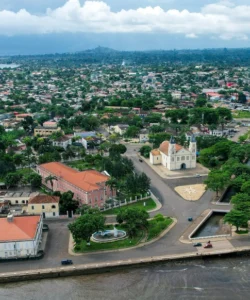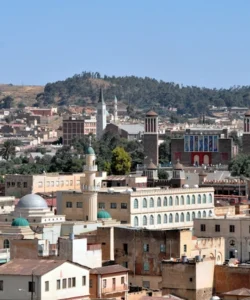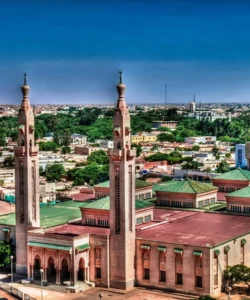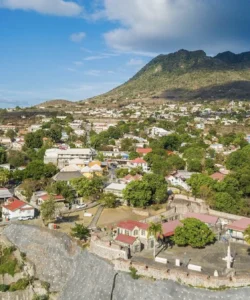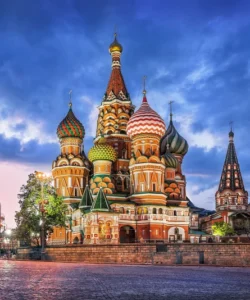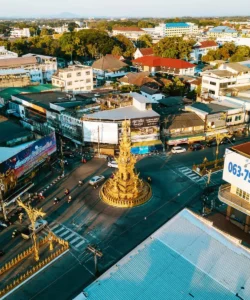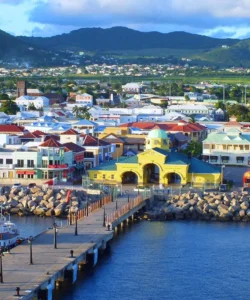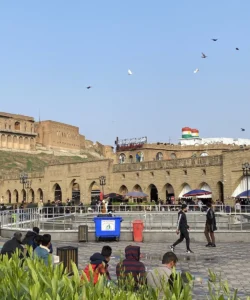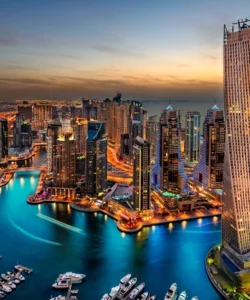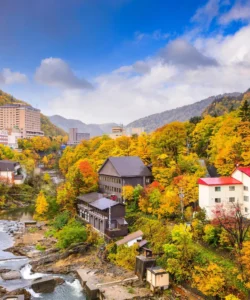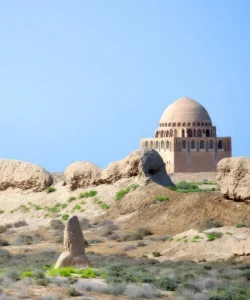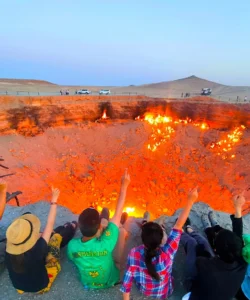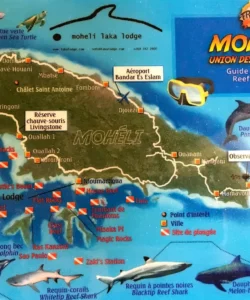Denmark, officially the Kingdom of Denmark, is a Nordic country in Northern Europe. It is the southernmost of the Scandinavian countries, consisting of a peninsula, Jutland, and a large number of islands, most notably Zealand, Funen, and the North Jutlandic Island. Denmark is known for its high quality of life, progressive policies, and rich Viking heritage.
![]()
Area: Approximately 43,094 square kilometers (16,639 sq mi), not including Greenland and the Faroe Islands.
Population: As of 2023, the population is estimated at around 5.9 million.
Language: The official language is Danish, a North Germanic language. English is very widely spoken and understood, especially by younger generations and in tourist areas. German is also spoken in the border region with Germany.
Currency: The official currency is the Danish Krone (DKK). While a member of the European Union, Denmark has an opt-out from the Euro.
Religion: The Evangelical Lutheran Church of Denmark is the established church of the state, and the vast majority of Danes are members, although active church attendance is relatively low. There are also smaller communities of Muslims, other Christian denominations, and other faiths.
Capital: Copenhagen is the capital and largest city of Denmark. It’s a vibrant and highly livable city known for its canals, cycling culture, design, and culinary scene.
Major Cities: Besides Copenhagen, other significant cities include Aarhus, Odense, Aalborg, Esbjerg, and Randers.
Attractions & Wonders: Denmark offers a charming blend of historical sites, natural beauty, and modern attractions:
- Copenhagen:
- Tivoli Gardens: One of the world’s oldest and most famous amusement parks, known for its charming atmosphere, rides, and entertainment.
- The Little Mermaid (Den Lille Havfrue): An iconic bronze statue, a tribute to Hans Christian Andersen’s fairy tale.
- Nyhavn: A picturesque 17th-century waterfront, canal, and entertainment district with colorful townhouses.
- Amalienborg Palace: The official residence of the Danish Royal Family.
- Rosenborg Castle: A beautiful Renaissance castle housing the Danish Crown Jewels.
- Christiansborg Palace: Home to the Danish Parliament, Supreme Court, and Ministry of State.
- Strøget: One of Europe’s longest pedestrian shopping streets.
- The National Museum of Denmark: Showcases Danish history and culture.
- Kronborg Castle (Helsingør): A UNESCO World Heritage site, famously known as Elsinore in Shakespeare’s Hamlet.
- Legoland Billund: The original Legoland park, a major attraction for families.
- Egeskov Castle (Funen): A stunning Renaissance water castle, considered one of Europe’s best-preserved moated castles.
- Skagen: Denmark’s northernmost town, famous for its unique light that attracted many painters, and Grenen, where the Skagerrak and Kattegat seas meet.
- Jelling Mounds, Runic Stones and Church: A UNESCO World Heritage site, an important Viking-era monument often referred to as Denmark’s “birth certificate.”
- Møns Klint: Dramatic white chalk cliffs on the island of Møn, offering spectacular views and hiking opportunities.
- Bornholm Island: A popular holiday island in the Baltic Sea, known for its round churches, dramatic cliffs, and smoked herring.
- Aarhus: Denmark’s second-largest city, with attractions like Den Gamle By (The Old Town open-air museum) and the ARoS Aarhus Art Museum with its iconic “Your Rainbow Panorama.”
Architecture: Danish architecture is renowned for its clean lines, functionality, and innovative design, often blending historical styles with modern minimalism.
- Medieval: Evident in many churches, castles (like Kronborg), and some preserved town centers.
- Baroque and Rococo: Seen in royal palaces (Amalienborg, Christiansborg) and some grand manor houses.
- National Romanticism: A late 19th/early 20th-century style often incorporating Nordic elements and natural materials.
- Functionalism and Modernism: Denmark became a leader in modern design in the mid-20th century, with architects like Arne Jacobsen and Jørn Utzon (Sydney Opera House) making a significant impact. This is seen in many public buildings and residential areas.
- Contemporary: Characterized by innovative and sustainable designs, often incorporating natural light and environmental considerations, visible in new urban developments, cultural institutions, and bridges in Copenhagen and other cities.
Roads: Denmark has an excellent and extensive road network. Highways (motorways) connect all major cities and regions, and roads are generally well-maintained and clearly signposted. Driving is efficient, and traffic flows well outside of peak hours in major urban centers.
Hotels: Denmark offers a wide range of accommodation options to suit all budgets. In Copenhagen and other major cities, you’ll find luxury international chain hotels, boutique hotels, design hotels, and budget-friendly hostels. Throughout the country, there are also charming guesthouses, bed & breakfasts, and holiday homes, especially popular in coastal and rural areas. Design and sustainability are often key considerations for many Danish hotels.
Restaurants: Danish cuisine has undergone a significant transformation in recent decades, with the “New Nordic Cuisine” movement gaining international acclaim, emphasizing local, seasonal ingredients and traditional techniques with a modern twist.
- Copenhagen is a culinary hotspot, boasting numerous Michelin-starred restaurants, including the world-renowned Noma, alongside countless bistros, cafes, and street food markets.
- Traditional Danish Dishes:
- Smørrebrød: Open-faced sandwiches on rye bread, topped with a vast array of ingredients (fish, meat, vegetables, spreads). A Danish staple and art form.
- Frikadeller: Danish meatballs, typically made of pork and veal, served with potatoes and gravy.
- Stegt flæsk med persillesovs: Crispy fried pork with parsley sauce and potatoes, considered Denmark’s national dish.
- Rød pølse: The iconic red hot dog, often served from street stands (pølsevogn).
- Danish Pastries (Wienerbrød): Sweet, flaky pastries, a beloved breakfast or coffee accompaniment.
- Herring: Pickled, fried, or smoked herring is a very common dish, especially at lunch.
- Aebleskiver: Spherical pancakes, traditionally served with jam and powdered sugar, especially around Christmas.
- Modern Danish cuisine focuses on simplicity, purity, and freshness, often foraging for ingredients and showcasing the unique flavors of the Nordic landscape.

